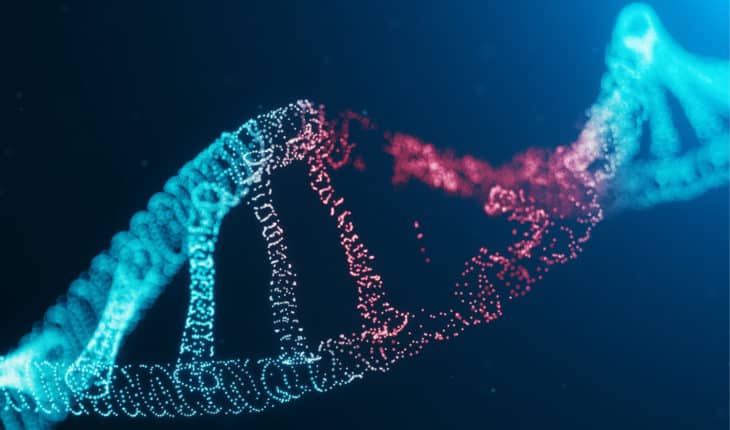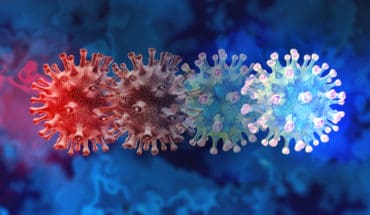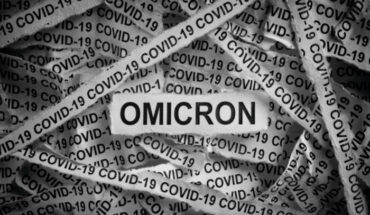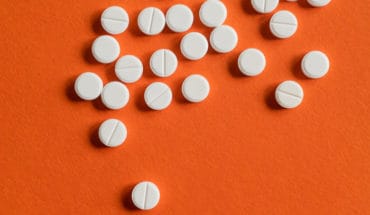Discovery points to targeted treatment for COVID-19: Scientists at the Peter Doherty Institute for Infection and Immunity (Doherty Institute) and Peter MacCallum Cancer Centre have found a way to stop the SARS-CoV-2 virus from replicating in infected human cells, in a major step towards a new treatment for this and future pandemic viruses.
This discovery builds on research which started at Peter Mac in 2019 – when Dr Mohamed Fareh and Professor Joe Trapani showed a CRISPR gene editing tool could be used to eliminate abnormal RNAs that drive children’s cancers.
In collaboration with Director Professor Sharon Lewin and Dr Wei Zhao from the Doherty Institute, this same approach has been shown to suppress replication of the RNA virus SARS-CoV-2 – and importantly its “variants of concern” – in a test tube model.
Published in Nature Communications today, at its core is an enzyme (CRISPR-Cas13b) that binds to target RNAs and degrades part of the virus’ genome needed to replicate inside cells. The collaborating team will now move to test this approach in animal studies and eventually a clinical trial.
Professor Lewin said while the pandemic response was focussed on rolling out protective vaccines, there remained an urgent need for treatments specific to COVID-19 patients.
“The flexibility of CRISPR-Cas13 – which only needs the viral sequence – means we can look to rapidly design antivirals for COVID-19 and any new emerging viruses,” Professor Lewin said.
Dr Fareh said there were signs this approach could also be applied to a host of existing viruses and be a game-changer for how they are currently treated.
“Unlike conventional anti-viral drugs, the power of this tool lies in its design-flexibility and adaptability, which make it a suitable drug against a multitude of pathogenic viruses including influenza, Ebola, and possibly HIV,” Dr Fareh said.
- Combination of drugs could prevent thousands of heart attacks - 21st April 2025
- UQ Study Links Poor Teen Diets to Heavy Social Media Use - 21st April 2025
- Gut microbiome could delay onset of type 1 diabetes - 3rd April 2025






